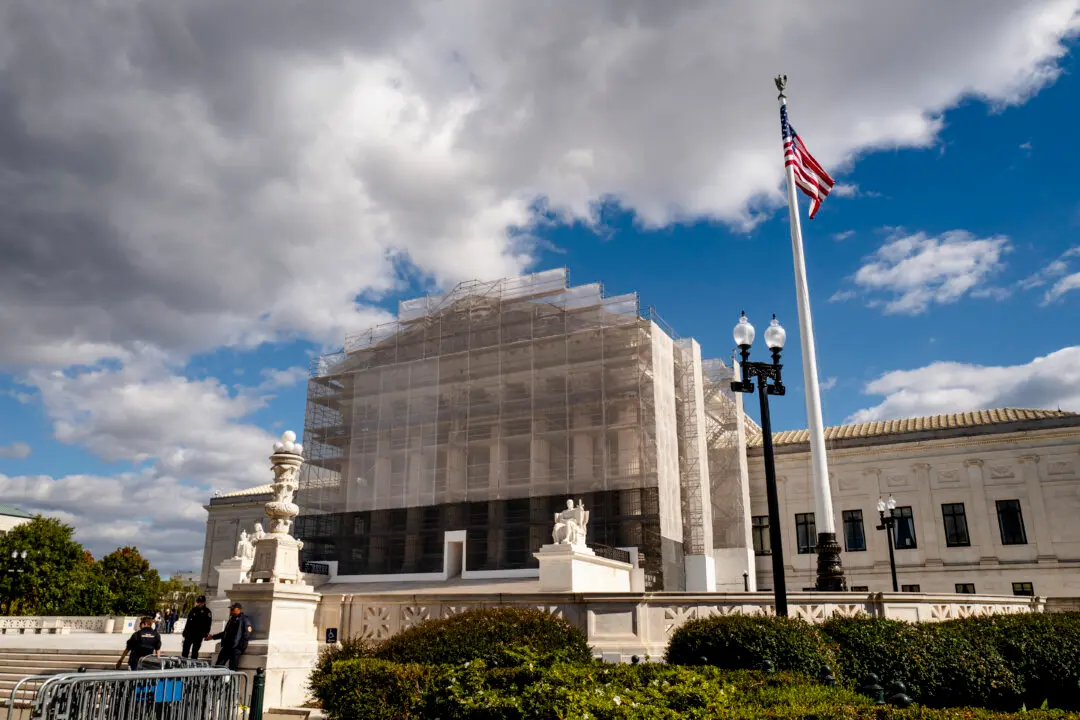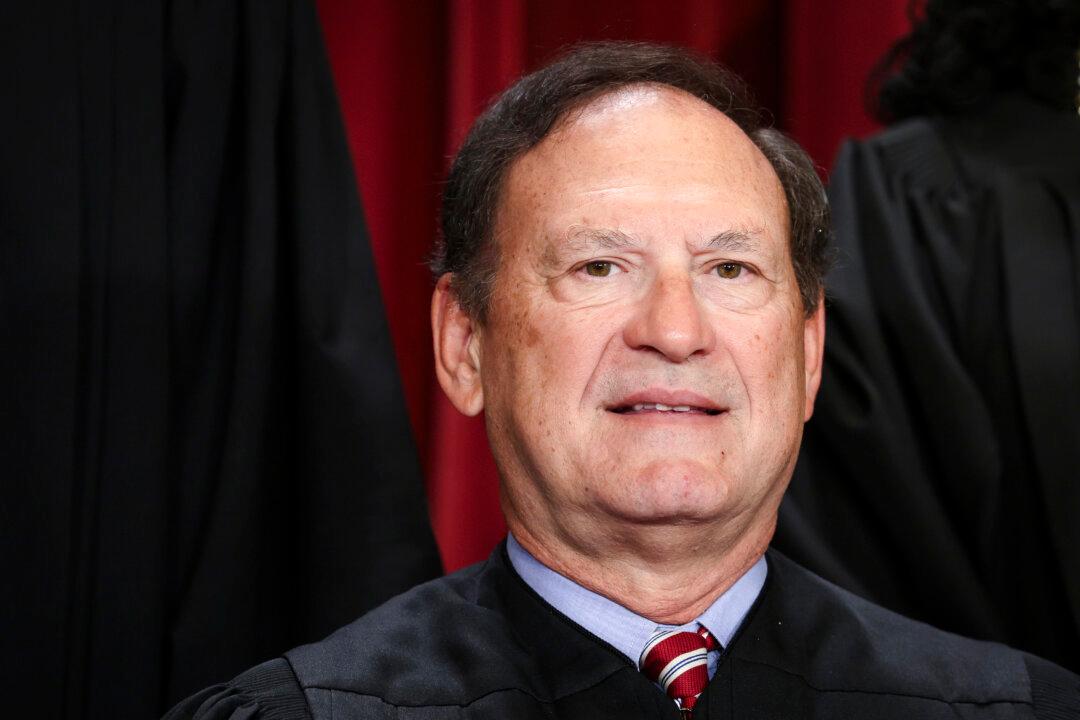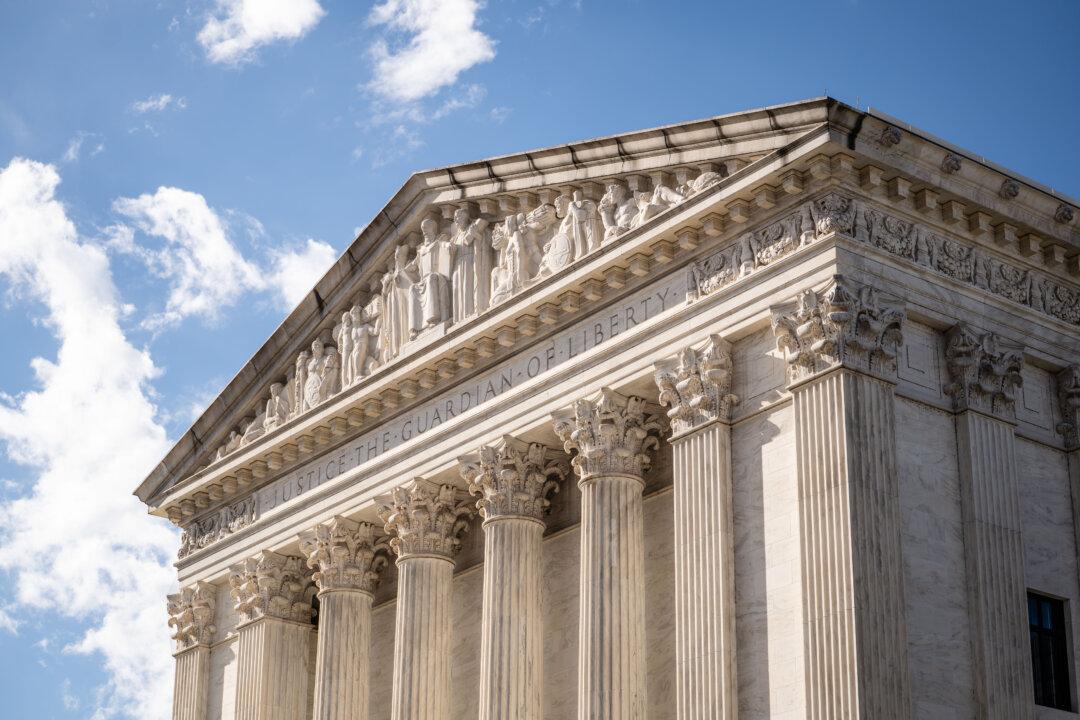While younger Americans embrace “liberalism” and “socialism,” older Americans—a prized demographic group won by President Donald Trump in 2016—skew conservative and are growing in numbers, according to a new analysis.
The analysis by Stef W. Kight of Axios comes as Democrats in early primary and caucus states such as New Hampshire and Iowa prepare to choose their party’s nominee. The leading Democratic candidates—former Vice President Joe Biden and Sens. Bernie Sanders and Elizabeth Warren—are all in their 70s. President Trump, who faces no serious opposition in the Republican primaries, is 73.





